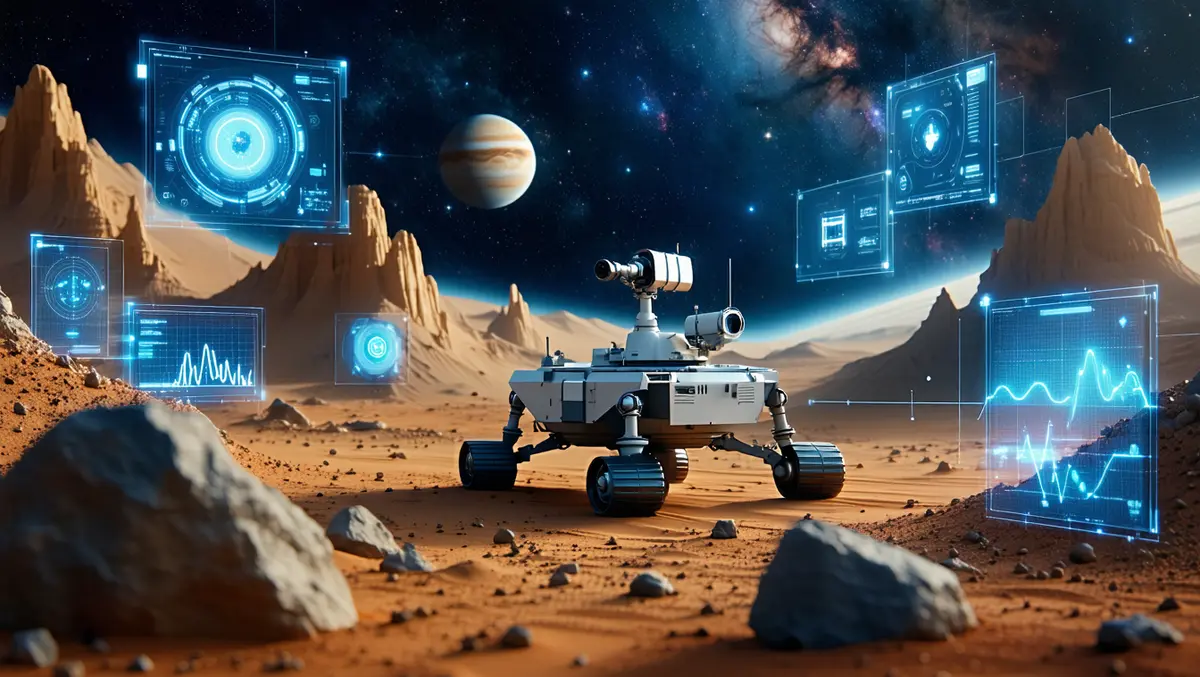
2024 Highlights of space technology & exploration in Canada
The Canadian Space Agency has celebrated a year of significant achievements and advancements in space technology and exploration.
In February, MD Applications, a Montreal-based company, was awarded a CAD $500,000 grant for its EZResus application, which the Canadian Space Agency (CSA) and Impact Canada recognised as a winner in their Deep Space Healthcare Challenge. This application is already making strides in medical response capabilities and shows promise for its potential use in diagnosing and managing medical emergencies in space.
March saw the announcement of the winner for Canada's branch of the Deep Space Food Challenge. Vancouver-based Ecoation Innovative Solutions Inc. received CAD $380,000 for CANGrow, an indoor modular food production system designed not only for space but also for remote locations on Earth.
The Canadian CubeSat Project reached a milestone with the launch of three student-designed CubeSats to the International Space Station on March 21. This completion paves the way for CUBICS, a new initiative that will allow university teams to create, test, and deploy their nanosatellites.
In May, the Curiosity rover on Mars, with the help of the Canadian APXS instrument, made an extraordinary discovery of pure sulfur crystals – a first for the planet. This finding highlighted the capabilities of Canadian instruments in extraterrestrial exploration.
Throughout the year, the CSA's John H. Chapman Space Centre was host to several significant international events. Among these was the Artemis Accords workshop in May, aimed at establishing safe, transparent, and sustainable principles for space exploration. Later in October, the 38th plenary of the Committee on Earth Observation Satellites (CEOS) was held, bringing together approximately 80 representatives from global space and governmental entities.
Canada's STRATOS programme launched two major stratospheric balloon campaigns in June, marking the first transatlantic flight between Canada and Sweden. This initiative is a key step in facilitating high-altitude scientific research.
Progress continued on Canadarm3's development, with June seeing the commencement of its design, construction, and testing phases. Built by MDA Space, this robotic system is set to play a vital role on the Gateway, the upcoming international platform for human space exploration.
The CSA focused on the crucial task of water purification on the Moon through its Aqualunar Challenge. In July, semifinalists were identified to develop technologies that could significantly advance both lunar missions and Earth-based purification methods.
Space technology tests in microgravity were conducted in Longueuil in July, featuring several technologies including a mission-critical flywheel for Artemis II during a series of parabolic flights.
Canada marked a historic milestone with the 40th anniversary of its astronauts' contribution to space exploration, beginning with Marc Garneau's flight in 1984. Nine Canadian astronauts have since completed 17 missions, with three more preparing for future ventures.
This year, the RADARSAT Constellation Mission (RCM) and RADARSAT 2 proved pivotal in disaster response globally. These assets were part of the International Charter on Space and Major Disasters, aiding 83 responses around the world.
Astronomical pursuits bore fruit through the NIRISS instrument on the James Webb Space Telescope, aiding in the potential discovery of a habitable exoplanet by University of Montreal researchers. Observations also captured a galaxy in inception, dubbed Firefly Sparkle for its unique star clusters.
Canada's astronauts had an eventful year of preparations and training. Joshua Kutryk is set for a six-month residence aboard the International Space Station, while Jeremy Hansen and Jenni Gibbons continue their training for the Artemis II lunar mission. Concurrently, David Saint-Jacques contributes to Canada's moon exploration strategies.


